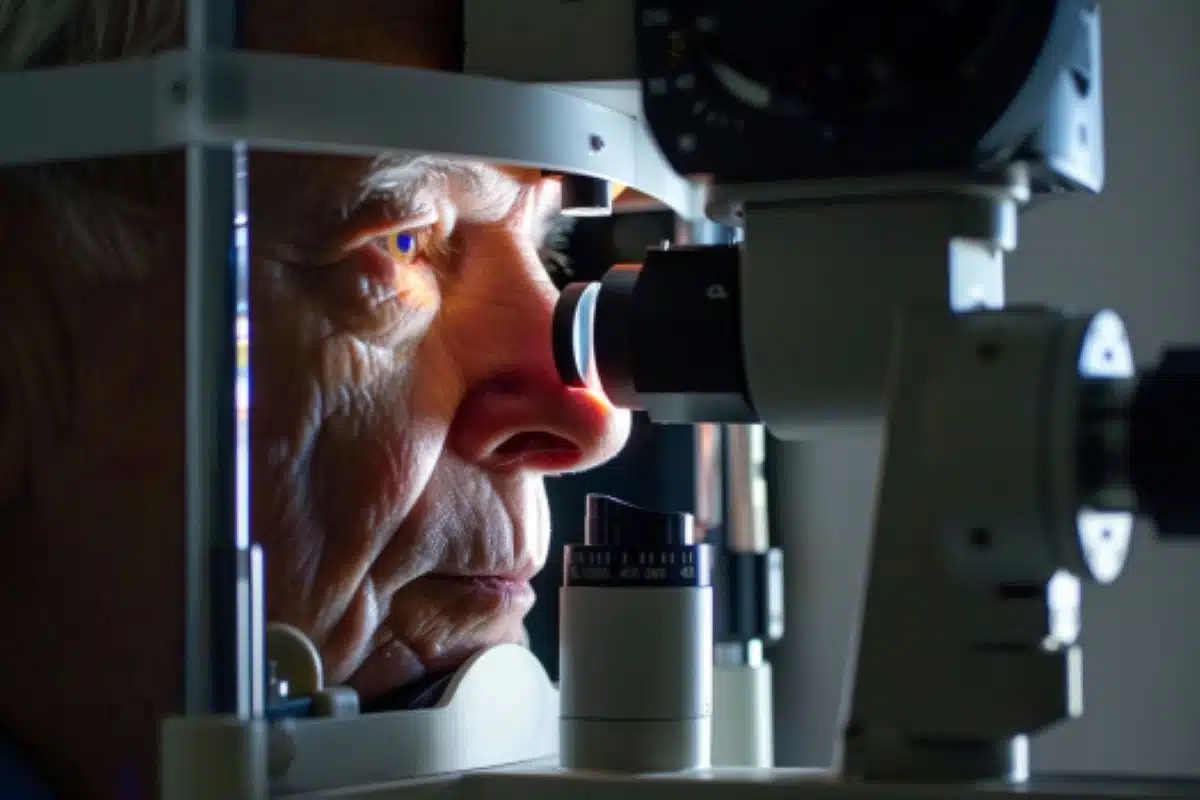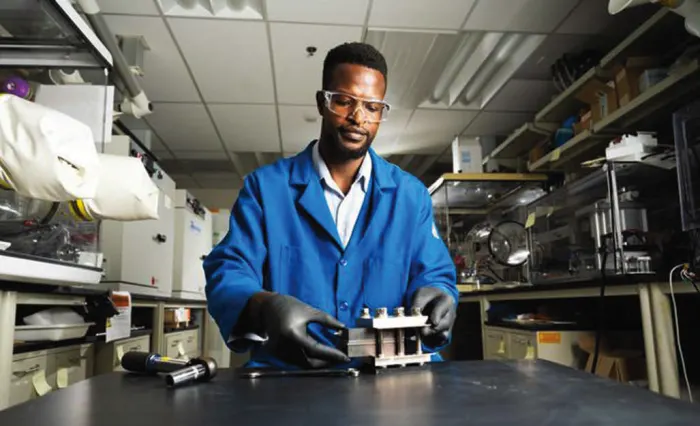Crypto giant Coinbase has announced the launch of its smart wallets, which it is calling Web3’s “iPhone moment,” aiming to onboard over a billion users onchain. This announcement was highlighted by Luke Youngblood, founder of Base-native lending application Moonwell, in an interview with Unchained.
Unlike traditional wallets that rely on passwords, third-party installations, or seed phrases to recover private keys, smart wallets offer enhanced security through passkeys. Traditional wallets use a private key to sign transactions, whereas smart wallets utilize passkeys often based on biometric identification methods like facial recognition or fingerprints.
Continue reading… “Coinbase Introduces Smart Wallets, Heralding Web3’s “iPhone Moment””












